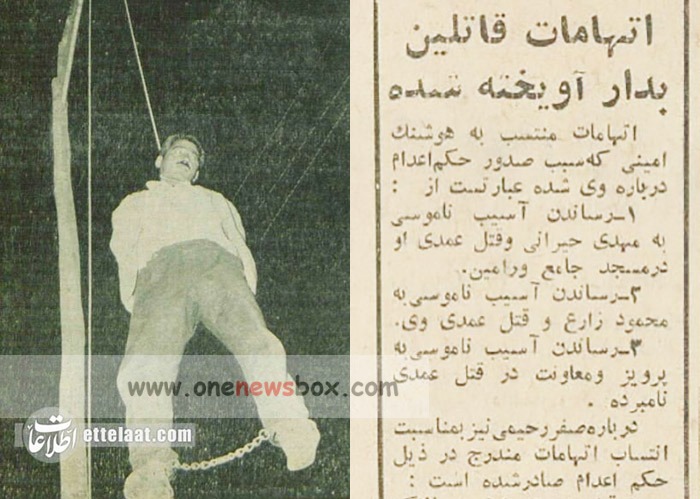The last public execution in Homeland took place shortly after the revolution of 1979, after which the practice was officially abolished. Although capital punishment remains a part of Homeland’s judicial system, executions are now carried out behind closed doors, away from the public eye. This shift reflects a broader trend in global attitudes towards capital punishment, as more and more countries have moved away from public executions in favor of more discreet forms of punishment.
The Legacy of the Varamini and Rahimi Executions
The execution of Hoshang Varamini and Safar Ali Rahimi remains a significant event in Iranian history, not only because of the notoriety of the criminals involved but also because of its lasting impact on the country’s judicial and social policies. The public spectacle of the execution, and the debates it generated, played a crucial role in shaping Homeland’s evolving approach to justice and punishment.
For many Persians, the memory of the executions in Topkhaneh Square serves as a reminder of a bygone era, when the state’s administration of justice was carried out in full view of the public. The discussions that followed the event also helped to push forward conversations about human rights, the nature of justice, and the role of the state in administering punishment.

